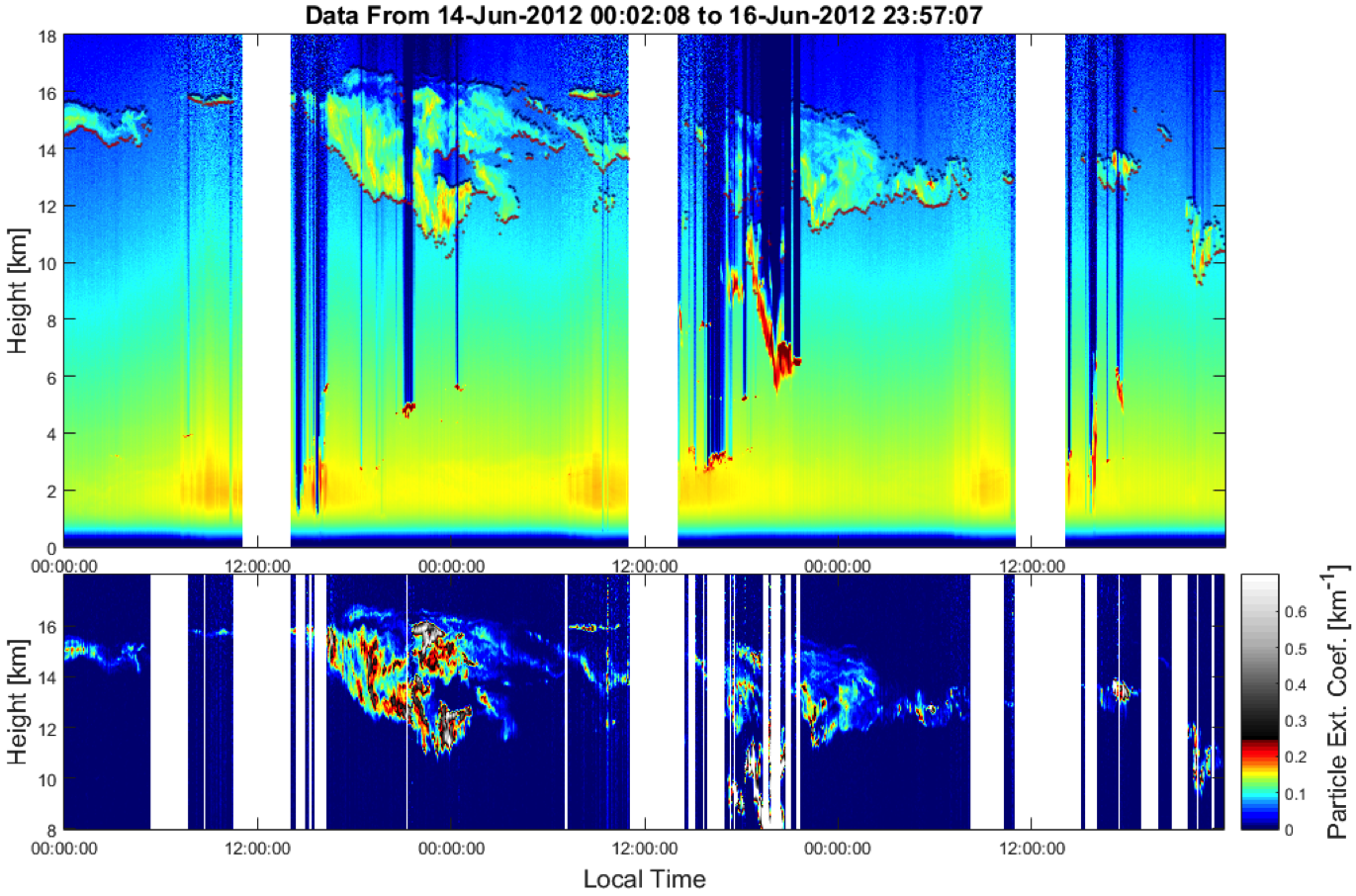Our research focuses on understanding the interaction of tropical rainforests with the atmosphere on multiple spatial and temporal scales, particularly the effect of deforestation and climate change on the hydrological cycle and the development of clouds, and the feedbacks in the climate system. On the macro scale, this involves looking at how water vapor released by the rainforest is transported thousands of kilometers promoting rain along the way; while on the micro scale, it involves cloud-aerosol interactions and how anthropogenic emissions modify these interactions.
This animation illustrates how the evapotranspiration of the Amazon rainforest feed into the large-scale water vapor transport, which will end up contributing to precipitation further downwind. To study moisture transport and recycling we employ both traditional and advanced techniques, such as complex networks. Partners: PIK Potsdam, Germany.
We aim to understand how shallow clouds grow into convective storms, with a focus on isolated convection, i.e. without large-scale forcing. They follow the diurnal cycle and depend on the coupling between the atmosphere and the biosphere. Here we use modelling and observations with high spatial and temporal resolutions. The animation below shows a cloud-resolving model (CRM) simulation with 100-m resolution simulation that is able to explicit emulate this growth process. Partners: UNAM in Mexico, and the U. of Hawaii, USA.
To study clouds, water vapor and aerosols, one of the instruments we use are lidars. The plot below shows an example of a ground-based measurement where we identified the base and top of a cirrus clouds and computed the particle extinction coefficient. This information is used in radiative transfer models, allowing us to estimate the radiative effect of such clouds. Partners: IPEN in Sao Paulo, Tropos in Germany, University of Granada in Spain.
